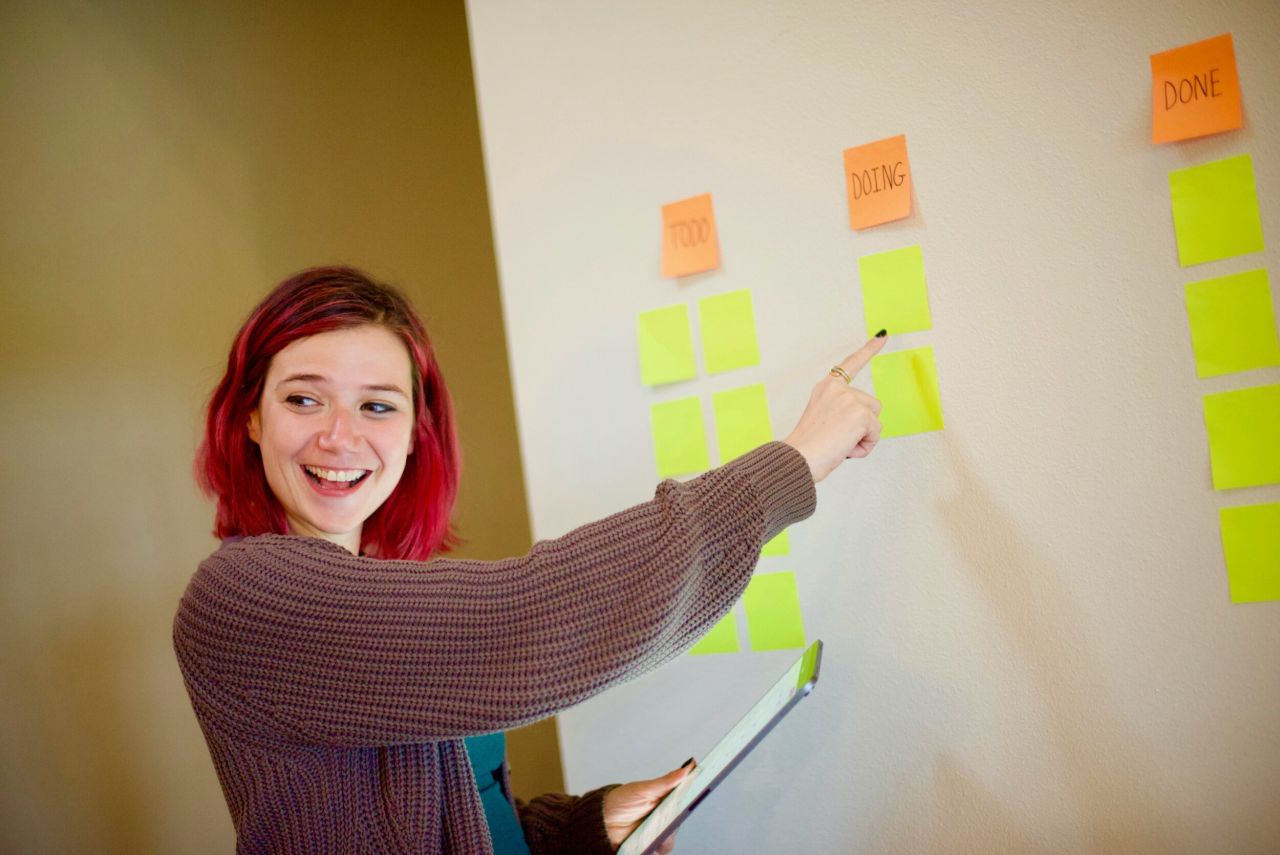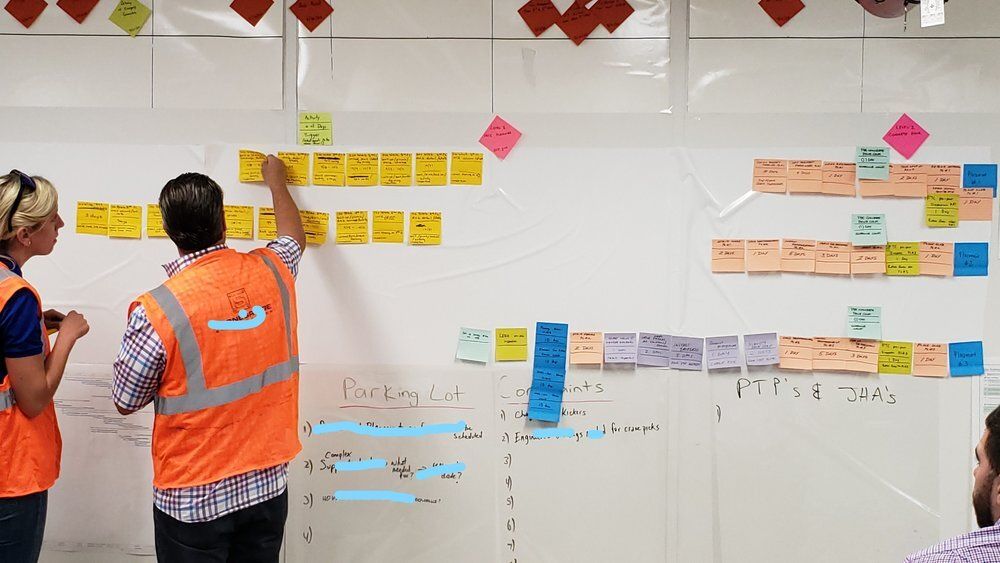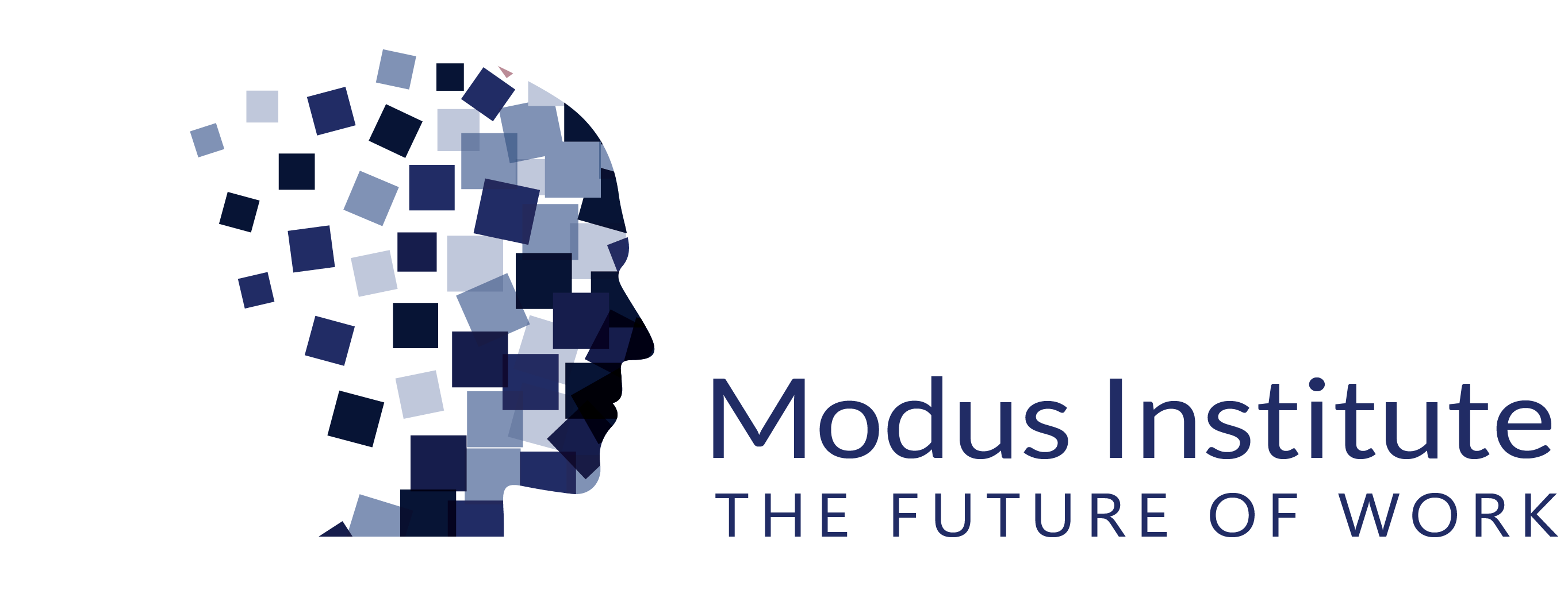How to Visualize Your Workflow Better
Nov 8
/
Jim Benson
Human beings process visual information faster and more reliably than being told something verbally or reading lengthy documents. Sure, we can sit down and read a novel, but novels are a narrative where we don’t know the outcome, but the author does. They are building coherence as they go along. They have a plot and suspense and draw you in.
In real life, our work is emergent. It changes every day. We need to see our work visually to process all that information effectively.
When we look at a Personal Kanban, its simplicity belies its power. Visualizing our work as individuals and as teams and even as teams of teams creates trust, reliability, and understanding. We want to coordinate and visualize workflow, these are serious prerequisites.
Why You Need to Visualize Your Workflow
Work is a combination of the mundane and the unexpected. Business memos are rarely well-written or have punchy plot twists and love interests. Meetings happen once and are forgotten (or at least remembered very differently). Politics, frustration, and poor communication fill in the gaps.
We need constant, real-time alignment.
We need to have a way to tell everyone the story of work, one that keeps them interested, aligned, and focused on completing the right work at the right time.
To do this, we need to make our work coherent (everyone on the team knows what’s going on) and calm (less interruptions, more focus).

Incoherent Work: The truth is, we rarely spend time keeping our work coherent. Work happens too fast to create memos or write reports about our experience as it is unfolding. We live in an act-and-forget world. As individuals and as groups, we simply confront issues, quickly draw invalid conclusions, share them with no one, prematurely act, and move on. We work quickly and thoughtlessly.
Interrupt Driven: Our work, our schedule, and our self-concepts are driven by interruptions: meetings, e-mail, phone calls, text messages, drop-in chats. All looking for information or support that we couldn’t give people in a less chaotic way.
Change and improvement cannot happen in such a thoughtless, unfocused environment.
Even with huddles or other alignment meetings, teams rapidly devolve into a groups of individuals all going in different directions, acting on different assumptions, and then resorting to blaming others when the lack of communication inevitably leads to inappropriate actions.
When work is effectively visualized on a board that all can see and interact with, teams and the people on those teams create a real-time shared understanding of the work to be done, underway, and completed. They know who is doing what, what state that work is in, what needs to be discussed, what is completed, and the composition of all that work. Work becomes a coherent single unfolding story, as opposed to many hidden narratives.
Collaboratively Visualize Workflow with a Pull-Plan
When improvement opportunities (change) are visualized, people can see the opportunity costs, the perceived payoff, and the overall story of change on the team. Change then acquires coherence, which means that it’s not just a series of one-off good ideas, but change itself becomes part of the value the team provides. When that happens, taking on change-related tasks becomes something responsible professionals just do as a matter of course.

In the image above from a construction trailer, participants are engaged in a Lean Construction exercise known as a "pull-plan" to visualize workflow better. Each color is a different contractor, each diamond is a delivery or a milestone. In this case, we have five different contractors whose daily work relies on the completion of daily work done by the other contractors.
How to Kill Dependencies
To spell this out, their work directly relies on people in other companies every day. Historically, this had led to predictable delays with different companies working at different speeds for different reasons. You might recognize this from different departments in your company or different people in your family.
Our work often relies on other people who are often simply ignorant of our needs. Not surprisingly, when they are ignorant of our needs they don't give us what we need. Our silos might help us focus, but they divide us and stop crucial information from being shared.
This makes it seem like other teams are "out to get us" because our plans and theirs don’t match, they are incoherent.
We then attribute malice where we simply have other busy people in silos with different things to worry about every day. They need to see their work in your context and vice-versa. The method to visualize workflow with a pull-plan concept takes this head-on by looking at the backlog of work (your options column) for the next six weeks and sees who needs to do what, when, and in what way in order for the schedule and budget to be met in a safe and quality way. No…more…dependencies.
The teams meet and on each ticket list each activity (option) they need to do to get their work done, the number of days the work requires, and then the trigger that makes that work happen (sometimes this is from another contractor, sometimes this is just their work progressing).
This allows each contractor to visualize workflow and self-report how long they would like the work to take and then compare the total production time to the schedule and figure out what can be done to meet the customer's expectations. Often, very often, in fact, this is simply having the contractors discuss how they need the space prepared for a clean hand-off.
I've noticed almost all in-office conflicts and "culture problems" end up coming back to hand-offs, which basically means they come back to an understanding of what quality work really entails. We need to ask some serious questions:
- Do I know how to provide you with work?
- Do you know how to provide the product to me?
- Are we talking to each other or past each other?
- Do we really understand how our individual work leads to a quality end-product?
Very simply, the image above has professionals come together, visualize what they need and when they need it, and then find the best path to mutual success. They learn quickly the challenges the other contractors have and get to inform them of their own. This makes many of those challenges lessen or outright disappear.

Getting Started with Workflow Visualization
For change or improvement to become part of your culture, it must be clear how it fits into daily work. The improvement opportunities need to be recognized, tested, and discussed. This is only possible if people can see how the change is needed, undertaken, and ultimately successful.
If you do not visualize workflow and change, people will be blind to them.
Consider, in your Personal Kanban or that of your team, that there might be opportunities for these kinds of conversations. Be open, be honest, and work things out.
Remember, no one creates a quality product alone.

We are an online educational platform that helps professionals and aspiring individuals to succeed in their goals.
Copyright © 2025